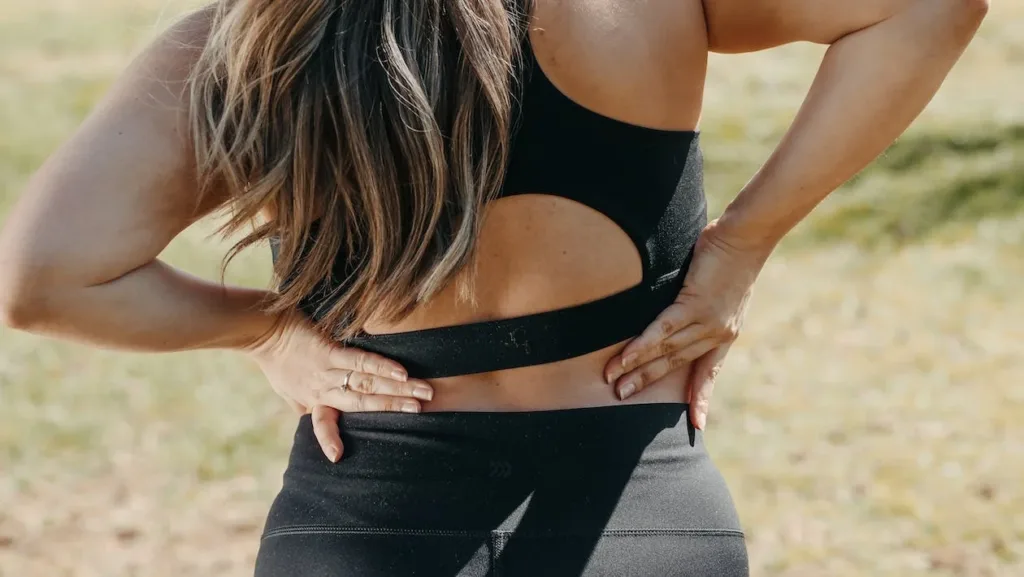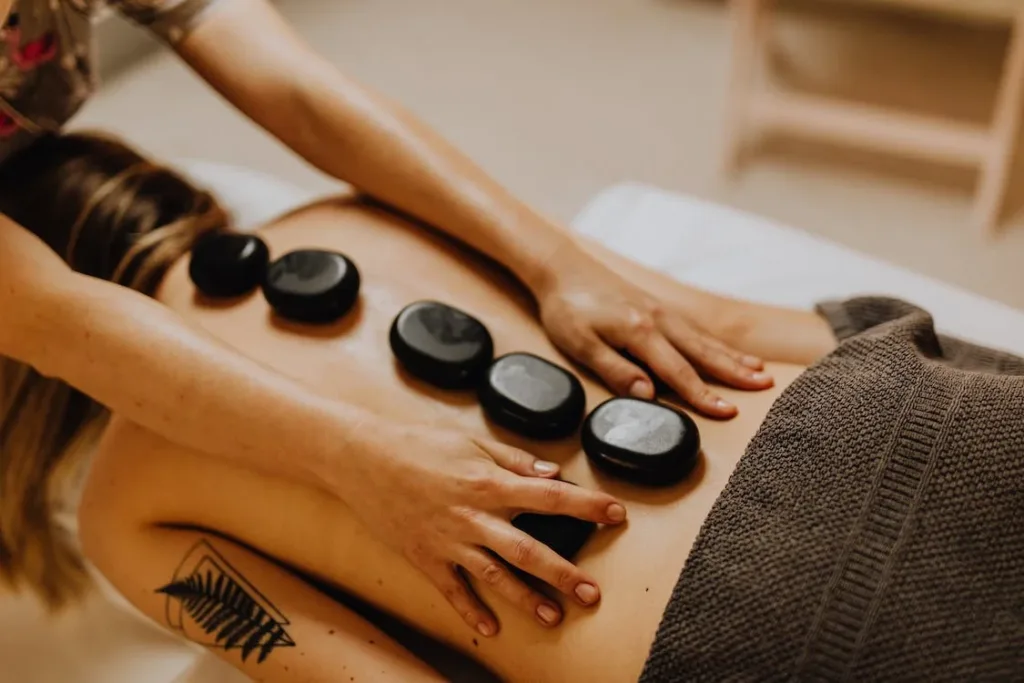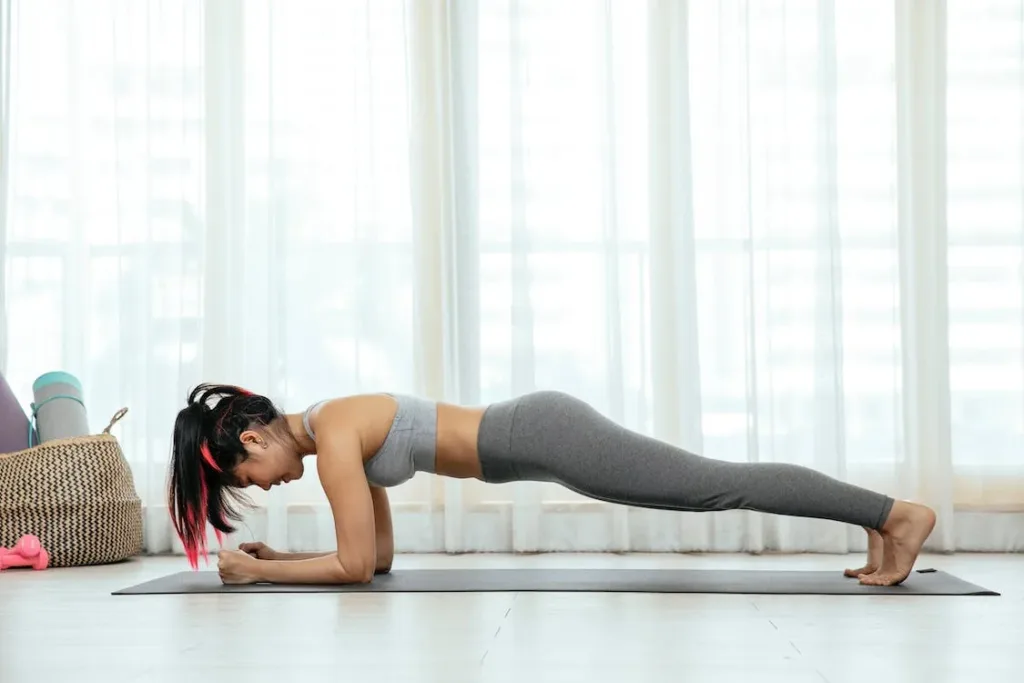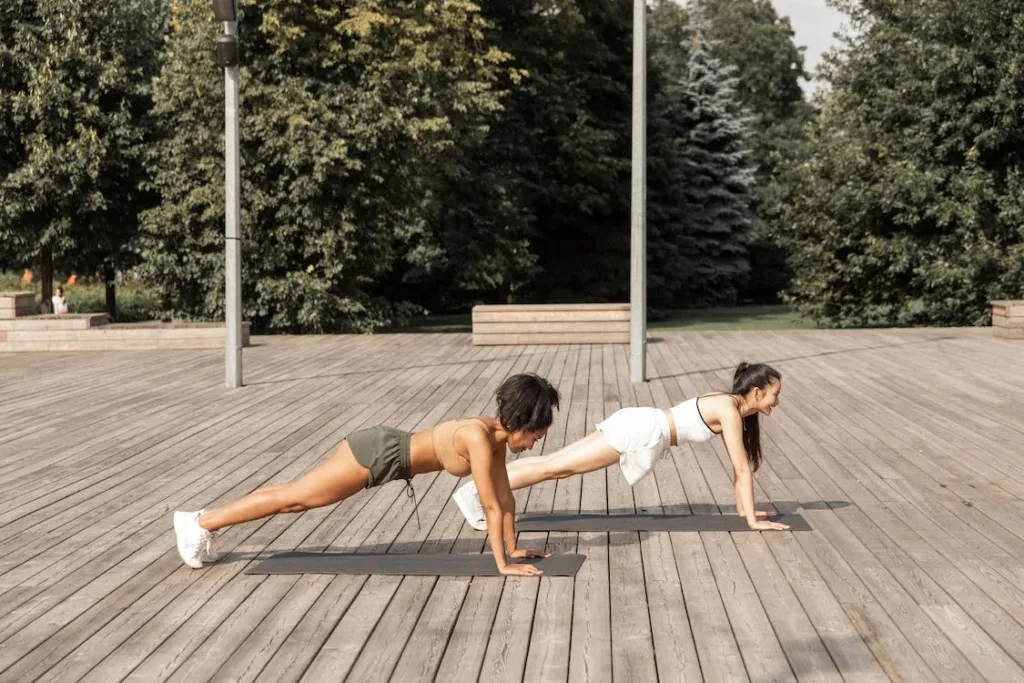Physical therapy and exercises for ankylosing spondylitis can have tremendous effects on joint mobility, function, and long-term benefits.
Unlike most other rheumatological conditions, very few drugs have been approved for managing ankylosing spondylitis.
Physical therapy such as swimming has a tremendous impact on joint mobility.
Go Organic | Try Dibesity’s Premium Catalogue
Ankylosing Spondylitis:
Ankylosing spondylitis is a connective tissue disorder affecting the spine, sacroiliac joints, and other large joints. Among the Seronegative Spondyloarthropathies, ankylosing spondylitis is the prototype.
It has a strong genetic predisposition and is associated with the HLA-B27 gene.
Other diseases included in the group of spondyloarthropathies include:
- Reactive arthritis
- Psoriatic arthritis
- Inflammatory bowel disease associated-arthritis
- Undifferentiated spondyloarthritis
- Whipple disease
- Behcet’s disease
Ankylosing spondylitis and other spondyloarthropathies can affect the joints, ligaments, and extra-articular tissues such as the eyes.
It can affect the spine and other peripheral joints such as hips, knees, ankles, and shoulders as well.
The joints and ligaments of the spine help our bodies to move and bend, stiffness can decrease the range of motion and cause pain, hindering the normal motion and activities of daily living.
In severe cases of ankylosing spondylitis, the spine may become completely rigid and inflexible due to the fusing of the vertebrae. Hence, the term, Bamboo spine is used (in advanced cases).

Individuals who suffer from ankylosing spondylitis report discomfort and episodes of back pain due to stiffness, the symptoms can also vary depending on the region of the body that is affected.
The treatment is aimed at improving joint pain and mobility as well as stopping disease progression. NSAIDs and corticosteroids were commonly prescribed previously. Newer therapies are being investigated now.
Among the biological therapies, the following medications have proved beneficial in reducing disease flares and improving joint function and mobility:
- TNFi (infliximab, etanercept, adalimumab, certolizumab, golimumab)
- IL-17i (secukinumab, ixekizumab) [Ref]
Improving body posture and position, exercises, physical therapy alongside occupational therapy, and breathing techniques are essential parts of the treatment.
Even though the diseased individual can not be cured completely these therapy options may help improve the quality of their remaining life, while slowing the progression of the disease.
| Read: |
Exercises that may help relieve the symptoms of pain and discomfort while also improving the posture of the individual are listed below:
Best Exercises for Ankylosing Spondylitis:

Some of the best exercises for ankylosing spondylitis are demonstrated here. These exercises focus primarily on the axial skeleton and spine.
However, since other joints are involved too, these exercises may be modified according to the site involved.
Neck exercises may include stretching and leaning against a wall to make the neck straight as seen in the picture below:

Other than exercises, massage, and heat therapy may be very helpful in some patients who have an acute flare-up of the disease and those who can not perform exercises because of severe pain.
Heat and massage therapy are easy to perform. However, massage therapy should be used in conjunction with exercises and medications as guided by your physician.

Massage therapy is really helpful for patients with involvement of the ligaments and spinal muscles. It can relieve muscle spasms and relieve acute pain.
Cobra Pose yoga position for ankylosing spondylitis:

The cobra pose exercise is extension-biased. This exercise is called extension-biased because the extension of the back relieves the pain.
Exercises that cause relief when the body is in extension are extension-biased. To perform the cobra pose start in a prone position which means start in a position in which you are lying down on your stomach.
Bend your elbows bring them in front of your ribs, and lay your hand flat on the supporting surface below you.

Keeping your elbows, arms, and hands flat on the floor or any supporting surface that is below you, start to arch your back upwards leading with your head.
Continue to extend your back and move your head as far back as your body allows you. Hold this position for a total of 15-30 seconds so that you can feel the stretch.
Then slowly lower your head down and return to the starting position with a 5-second rest interval repeat the exercise for a total of 10 times. It is ideal to perform this exercise at least thrice a day.
Plank position exercise for ankylosing spondylitis:

Similar to the cobra pose position the plank position also helps target the muscles of the back.
Planks can help improve the posture and alignment of the body, and increase stability and strength while improving balance and coordination.
It also helps restore and maintain the flexibility of the spine which is beneficial to the individuals affected by ankylosing spondylitis.
To perform a plank you start in a similar position as in the cobra pose. You start by laying prone on your stomach, bring the elbows in front of your rib cage, and bend them, turning your wrists inwards can help make it easier to perform the plank.
Slowly move into a position similar to a push-up. Lifting your knees from the floor while using your toes as support. Your body will be supported at three points, the forearm, elbow, and toes.
It is ideal to hold this position for as long as you can and repeat this for three to five repetitions.
Since the core muscles are also involved in keeping the body upright during a plank position this exercise targets them and highly improves the core strength while also further strengthening it.

Stretching of pectorals / Corner Stretch exercises for ankylosing spondylitis:

Ankylosing spondylitis may fuse bones making it harder for chest expansion and may cause breathing difficulties.
To target that alongside improving the posture of the upper body we can perform corner stretches, which help stretch mainly the pectoral muscles, but also help in stretching the neck and shoulder muscles as well.
To perform a corner stretch you need to find a corner and stand there. While facing the corner raise your arms to shoulder length and place them on the walls keeping your elbows and forearms flat on the wall.
Next, you need to move your chest and body slightly forward using your arms as supports, and making sure that they do not move since the arms are in a fixed position moving forward will help create a stretch.
This stretch will be felt at the front of the chest which is where the pectoral muscles are located, along the shoulder blades and also the back.
If performed correctly you may feel your shoulder blades move closer to each other, holding this position for a total of 20-30 seconds, after which you return to the starting position and perform the exercise again.
Performing 5-10 repetitions this exercise can be performed 2-3 times a day.
Pursed lip breathing exercises for ankylosing spondylitis affecting the Dorsal Spine:

To increase the lung capacity which may be greatly affected due to ankylosing spondylitis we can have the individual perform pursed lip breathing exercises.
To perform this ask the individual to take a deep breath through their nose making sure it’s slow and controlled, then ask the individual to hold for 3-5 seconds before exhaling.
During expiration ask them to exhale with their mouth and not their nose, making sure that the mouth is in a pursed li position, which means the lips aren’t fully touching each other, or the same shape the mouth makes when whistling.
Ideally, the duration of exhalation is double or almost double that of inspiration, you can perform this exercise for at least 5-10 minutes, multiple times a day.
This helps improve breathing and increase lung capacity and compliance.
In conclusion:
Exercise for ankylosing spondylitis can have tremendous effects. Exercise can relieve pain, improve joint stiffness and spasticity, and improve mobility.
Some of the commonly prescribed exercises for ankylosing spondylitis are the cobra pose, plank position, corner stretch, and pursed-lip breathing exercises.
Go Organic | Try Dibesity’s Premium Catalogue



